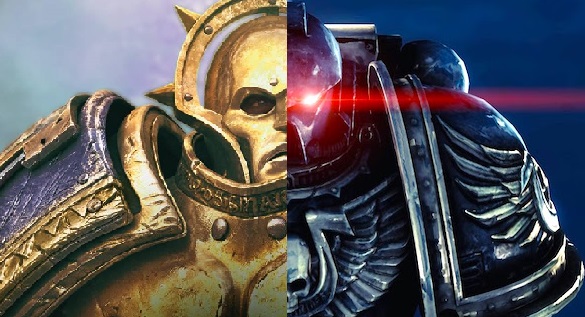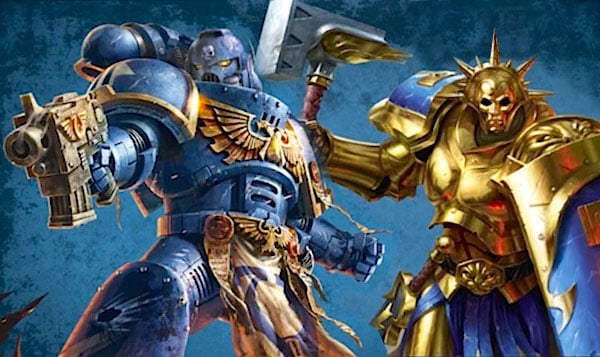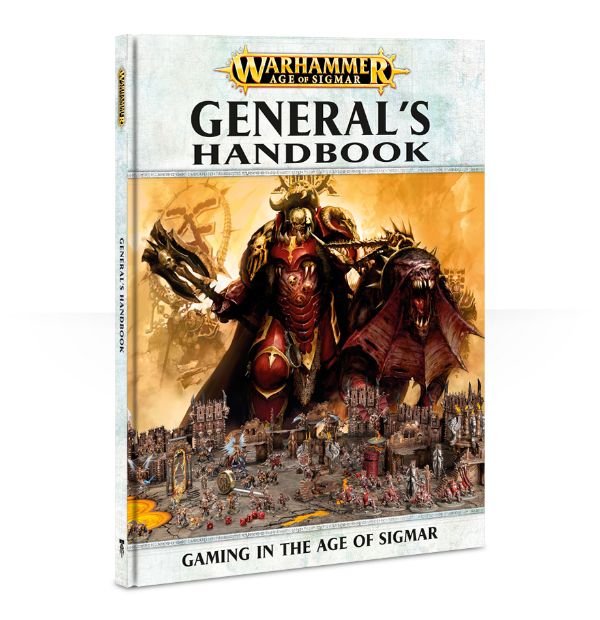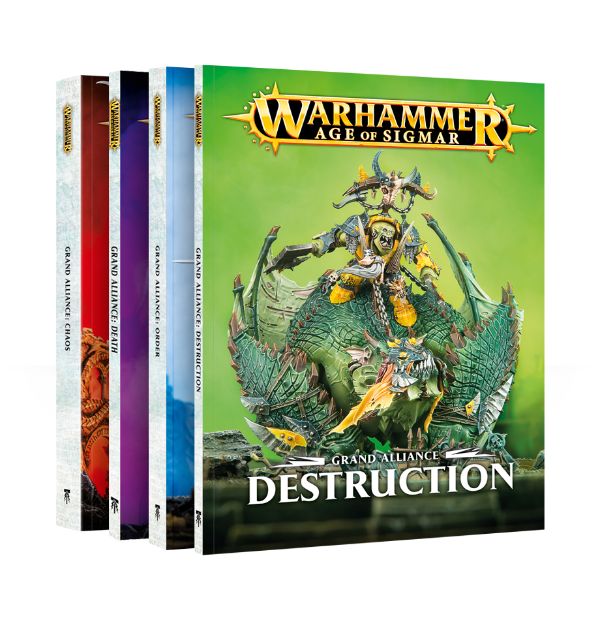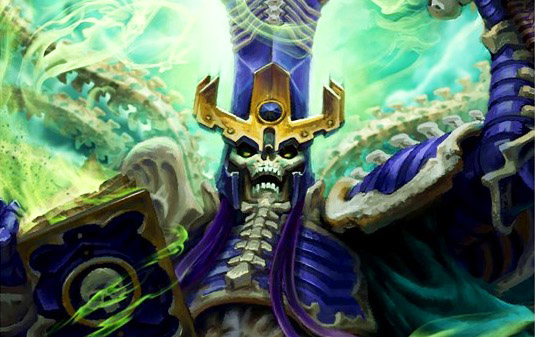Goatboy: Diving Into Age of Sigmar
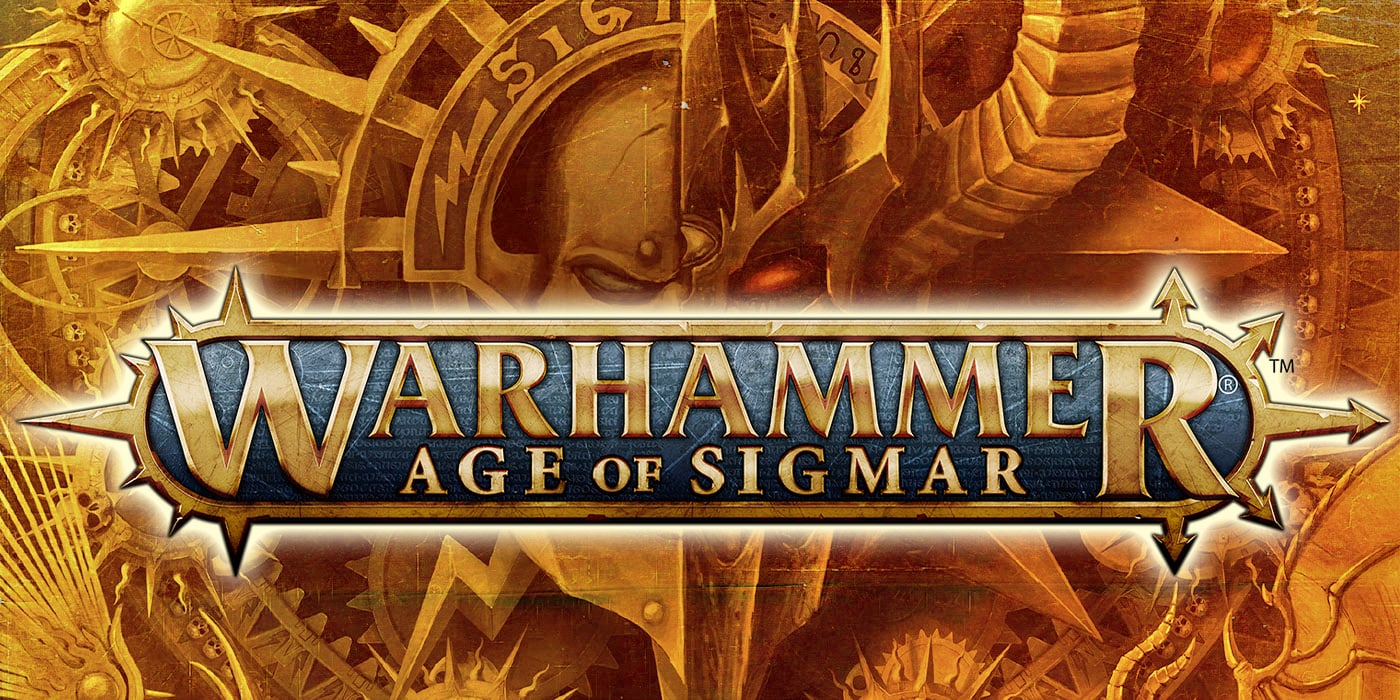

Goatboy here with my first article coming to you after LVO. Here’s why I’m taking a 40K break and diving into Age of Sigmar.
Most likely I didn’t win anything and spent my time watching buddies play the AOS tournament. Right now I am planning on playing more AoS as right now 40k is feeling really a bit too much as of late. There seems to be way to much bloat in how the armies are built and played that it becomes to daunting to seriously compete. This leads me to finding another competitive game and thus into the weird bubble universes of Age of Sigmar.
What does this mean for my weekly articles? Most likely they will still randomly roll around into the reals of competitive 40k, rules nonsense, hobby stuff, and then AoS things. I am sure it will come back to 40k pretty heavily as we get into each new release but as a whole right now I just think 40k is too much of a dumpster fire to really take seriously for the competitive scene. There is way too much rules bloat to fully keep up with. I think the rules as a whole are pretty good – with just some changes needed to either remove a specific army type (Death stars) and some kind of tweaking/reworking of the psychic phase. When you play for fun and not for skulls the game works pretty well. Heck I had a great game a few days ago where I specifically tailored the list to just be an old school 40k smash fest. Had a great time without the stress that competitive 40k can bring sometimes.
Why the Switch?
Let’s get into the reasons why a lot of the bigger names in the competitive 40k scene are switching to AoS. Everyday I talk to a few more that get interested in the game and as we grab more players I think will continue to see it get bigger. It does help that GW is putting a ton of resources in making it a competitive experience. The rule set helps this a lot as while it is simple – it lends itself to a crap ton of smart game play decisions that the “better” player will usually come out ahead. That is what I think is a big missing piece of out 40k right now as a lot of these small decision interactions are no longer there. We all know specific lists have insane strengths versus just about anything that a lot of times the army can just play itself. Hopefully 8th brings some of this back but will have to wait and see.
The big reason I like AoS is that it is extremely easy to build an army in the game. The alliance system – while initially annoying – really helps in creating lists. You have a ton of freedom in building your armies – and while yes you want some allegiance break down depending on your list – most of the time you can just as easily pick the best things within your alliance. So from a unit choice standpoint you have a ton of cool options. From there the points are so easy to calculate. There are no “upgrade” costs so a unit is just a simple basic X amount. To increase the size of the unit you pay that initial cost again to add as many as you initially had. So let’s say a 10 man unit costs 140 points – to get it bigger you just pay another 140 points to make it 280 pts. It’s very simple and easy to quickly calculate your army points total. Any hero upgrades and abilities are already figured into their costs so you just pick the one that matches your army. The game also has some locked in rules like alway needing 3 Battleline units (Troops) so while you could take some Battalions you always need to have some basic troops to create an army.
The only additional point costs you get is when you take Battalions (formations). This way they can easily balance powerful Battalions by generating a point cost for the extra rules they grant. There isn’t anything “free” in the game. Heck summoning pools are things you have to pay for in your initial army – so again there isn’t any free units. So much of 40k is ruined by opponents getting 400-800 free points over your initial starting size of 1850. This sideboard of summoning is also cool as your armies normally get a sideboard you can use to change out your army and bring in pieces to help deal with some of the rough stuff out there.
Have I Mentioned the Rules?
From there the rules themselves are very simple and intuitive. Your questions are easily answered in the 4 pages of rules and the 3 or so pages of clarifications for the General Hand book. In face the General’s Handbook is also a great thing. Here you have a yearly book that will update and live with the game. This living rulebook is a great way to ensure you keep the game fresh, units from getting over powered, and your game able to not get stagnant. Could you imagine if 40k had a yearly “competitive” season that would remove formations for the year or quickly bring things back as needed. Or a yearly book that just put in all the extra rules and printed things so everyone has access to them?
Speaking about the rules – the removal of random army generation is one of the best things to come about. Here you have locked in spells and sometimes an additional one based on the Allegiance you are in. There is no more random rolling for your “warlord” trait/gift/etc – you get to pick what you want. Your opponent knows exactly what you are throwing down on the table before you start the game. I remember a game that I had a great chance of winning until my opponent rolled one warlord trait. This also cuts down on set up time as well.
The biggest rules thing I like is the back and forth of the assault phase. The controlling player who assault gets to pick the first unit that assaults. Then your opponent gets to pick an engaged unit and so forth. This back and forth is amazing as it lends itself to a lot of smart game play. Do you pick this unit to attack first so you can damage your opponents rough unit – or do you wait and move past it in hopes to get the jump on another part of the assault. Do you hit guys and remove them but then that allows our opponent to have his units within 3 move into range to hit your guys? Do you not go for an all out assault? Bubble wraps are so important to the game as you try and wrangle, control, and limit your opponents damage output.
Speaking of damage – the game is so bloody that everyone has fun as so much is dying all over the table top. We find the game is really decided on turn 3 and is so aggressive. There are so many dead models all over the table that it is no wonder the Alliance of the Dead isn’t just making Zombies everywhere. The mortal wound mechanic is also a great equalizer as it just ignores all saves. You take a wound and only a few units have a special save to try and ignore it. Most of the time those saves are not too crazy so throwing out a good deal of Mortal wounds is a great answer to tough as nails units.
One way or another, everyone ends up working for me!
I also find the rolling for priority each and every turn is a great way to bring a sense of excitement to the game. You always have to think on your feet as your plans can easily fall apart when your opponent rolls 2 turns in a row. Lucky for use they nerfed Fate Weaver and removed his ability to control the player turn roll. There isn’t a moment in this game where movement isn’t something that is extremely important. The return of game where your every phase generates a ton of strategy is something refreshing to work with. The movement is always a locked in trait and this helps make the game competitive. The game is already full of dice so removing some of the “random” nature ensures the players actually have and can utilize choices.
Overall I am excited to play something different, hoping we see some things go into 40k, and ready to paint up some evil Tzeentch guys. That is the army I plan on having ready for AoS – the Tzeentch Allegiance. Tzaangors, Shamans, and Lords of Change are in my future. I can only hope my spells kick a ton of butt, my bird dudes go all round the table, and my Great Bows of Fate turn all my enemies into Farmers.
~If you are a longtime 40K player, you should give Age of Sigmar a try. Who knows, yo might like it…

